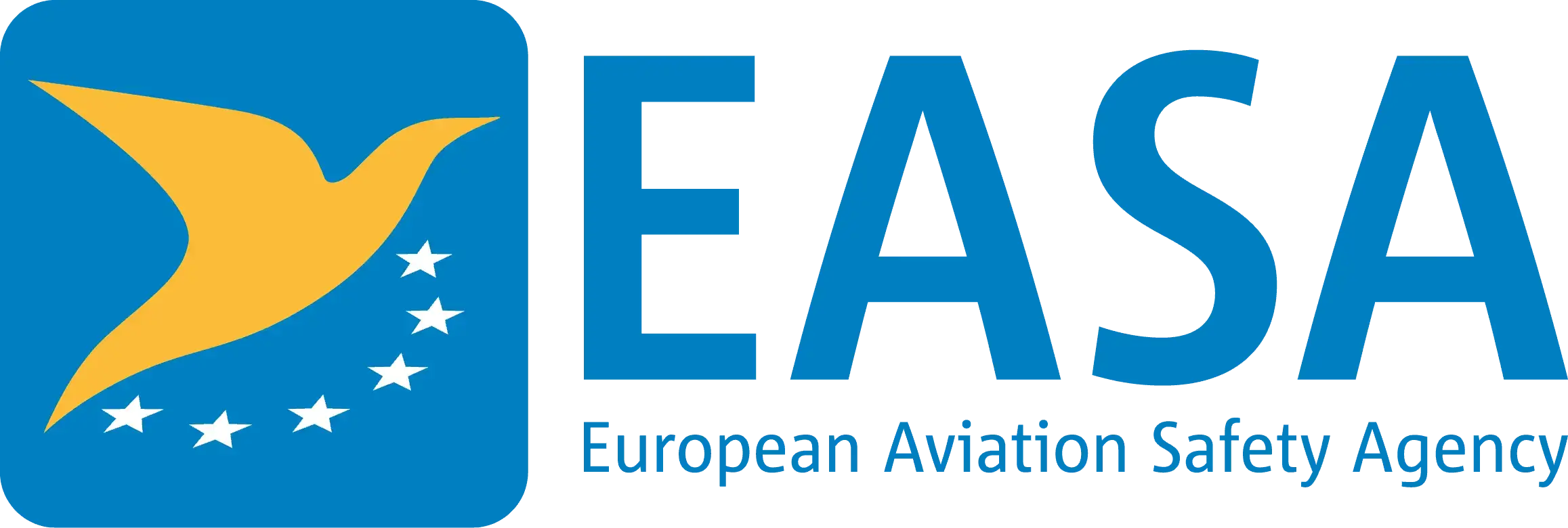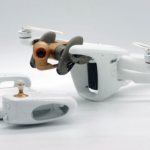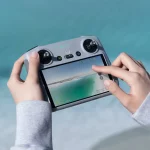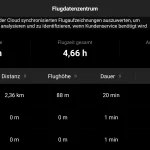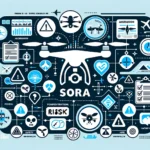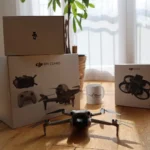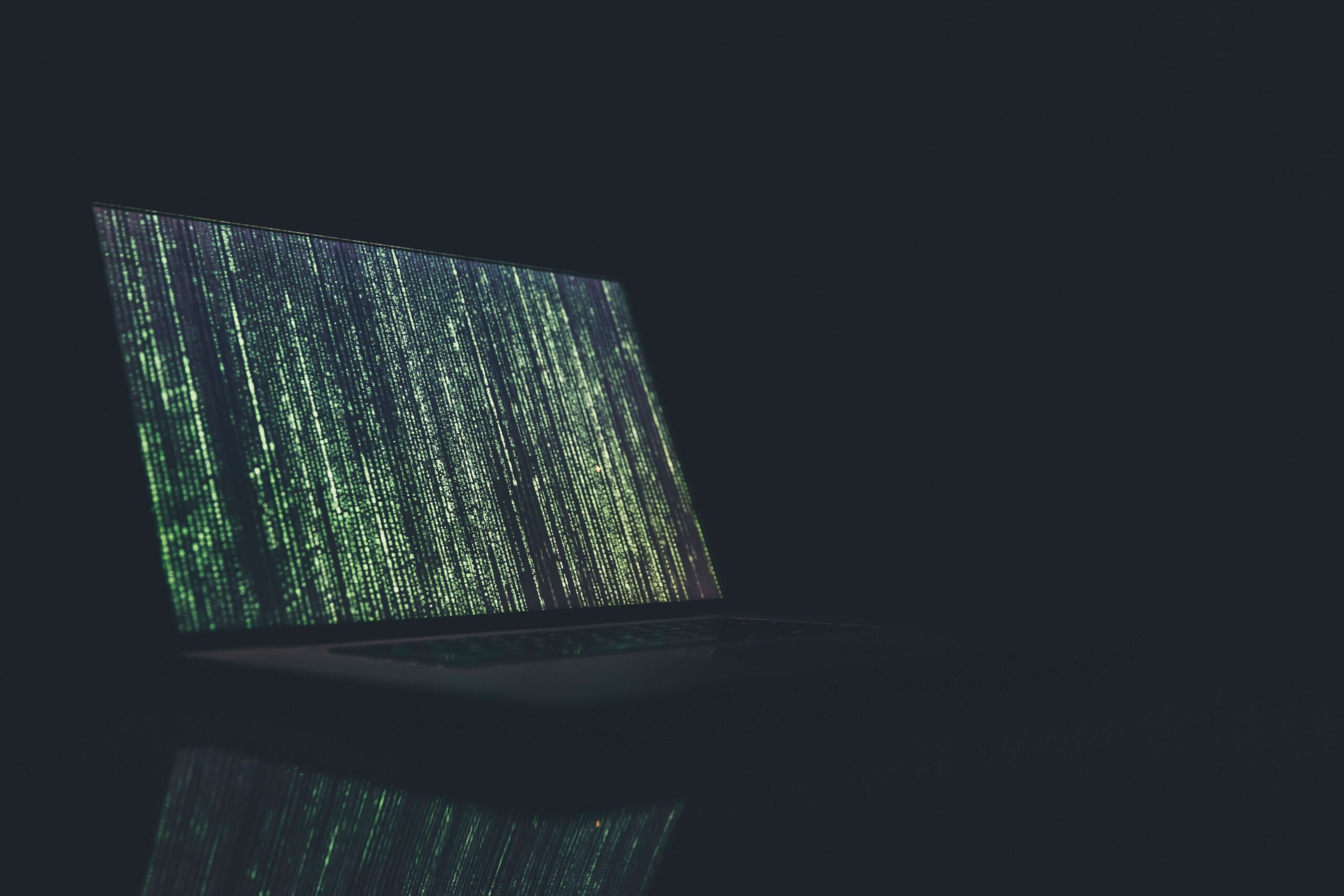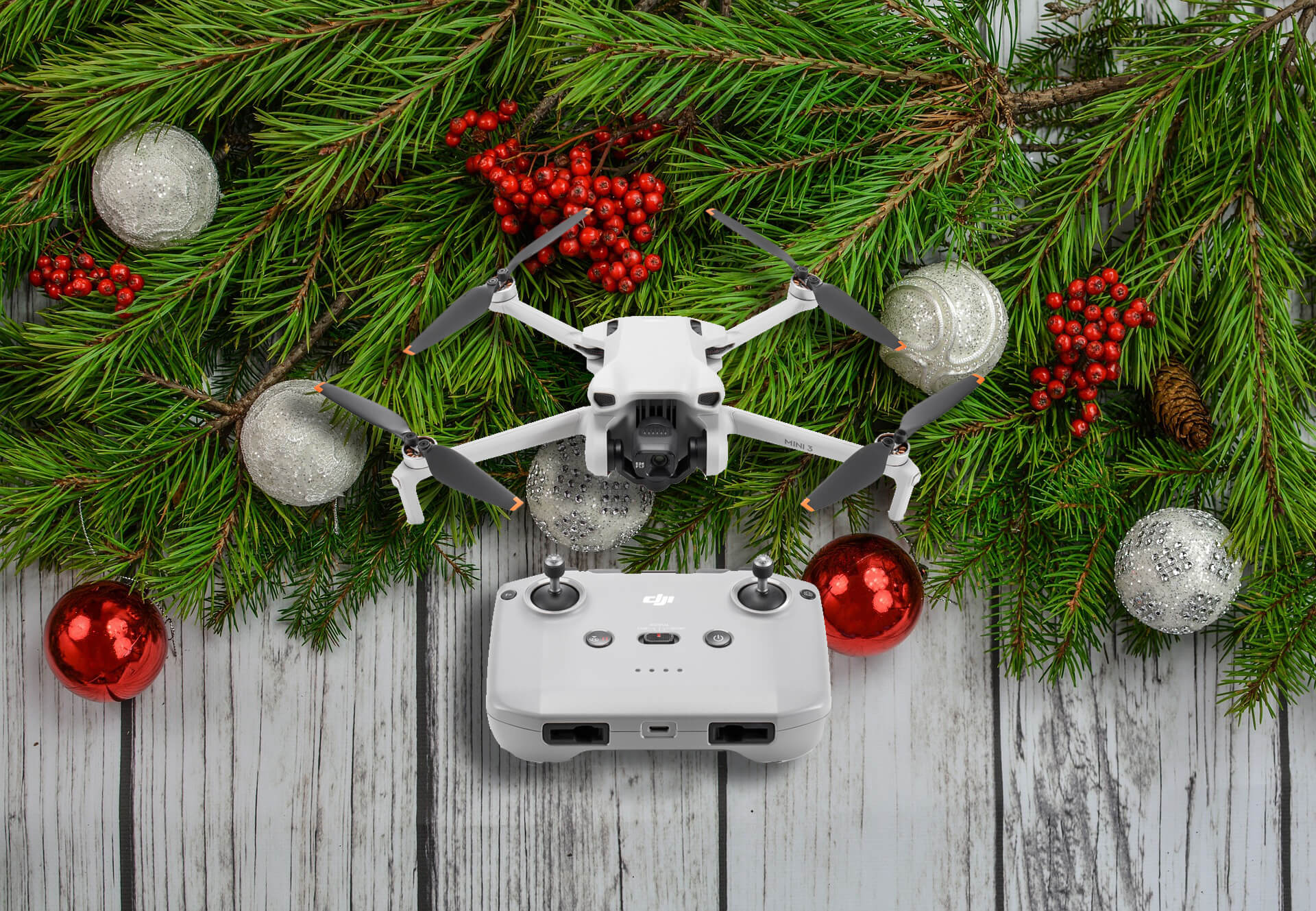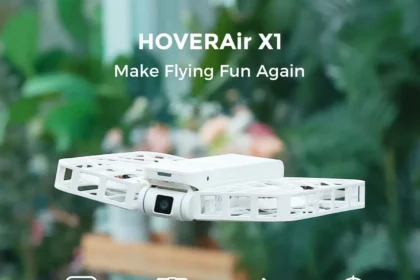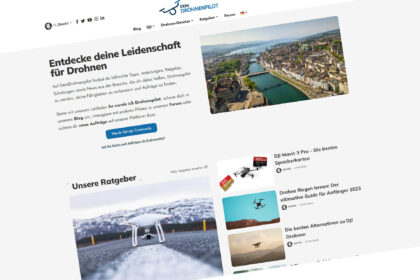With the proposal for a measurement method for drone noise levels, EASA wants to create a uniform standard for measuring drone noise. Based on the measurement method and the data collected with it, requirements for drone flights could be formulated in the future.
The European Aviation Safety Agency (EASA) has presented guidelines for a method of measuring drone noise from unmanned aerial vehicles under 600 kg flown in the “Specific” category. These guidelines aim to provide harmonized procedures for measuring the noise of drones used for low and medium risk operations in the “Specific” category.
Protection from excessive noise
This should contribute to a high, uniform level of environmental protection and prevent significant adverse effects of noise on human health in the EU, as required by the EASA Basic Regulation.
National governments may use the measurement method to set requirements for drone flights over nature reserves or urban areas. The guidelines are to be used on a voluntary basis and are not applicable requirements for drone licensing.
These guidelines may also be used by drone manufacturers, operators, or noise measurement organizations to determine noise levels associated with specific designs and operations.
Social acceptance of drone noise
Since drones will be used in more and more areas in the future, it is important to find uniform specifications here. In this way, the acceptance of drones by society should be promoted. There will be numerous new areas of application in the future, particularly with regard to operation in the “specific” category. For example, drones will increasingly travel autonomously to carry out deliveries or automated inspections. As a result, drones will become more and more a part of everyday life for many citizens. The resulting noise will sooner or later become a problem that will have to be dealt with.
“These new types of aircraft will be used in a wide variety of locations and introducing unfamiliar sounds which vary with the diversity of design,” said EASA Certification Director Rachel Daeschler. “EASA recognises that noise is a concern for many European citizens. These guidelines aim to offer a consistent measurement method and will help set expectations for manufacturers, national aviation authorities and other relevant authorities.”
EASADrone noise level database
The data collected over time with the presented measurement method should be able to be reported to EASA. Based on this, EASA plans to develop a database with measurement data from various drones, which can be accessed in order to
The proposed guidance is open for public consultation until January 13, 2023. Comments can be submitted via the Comment Response Tool (CRT).


